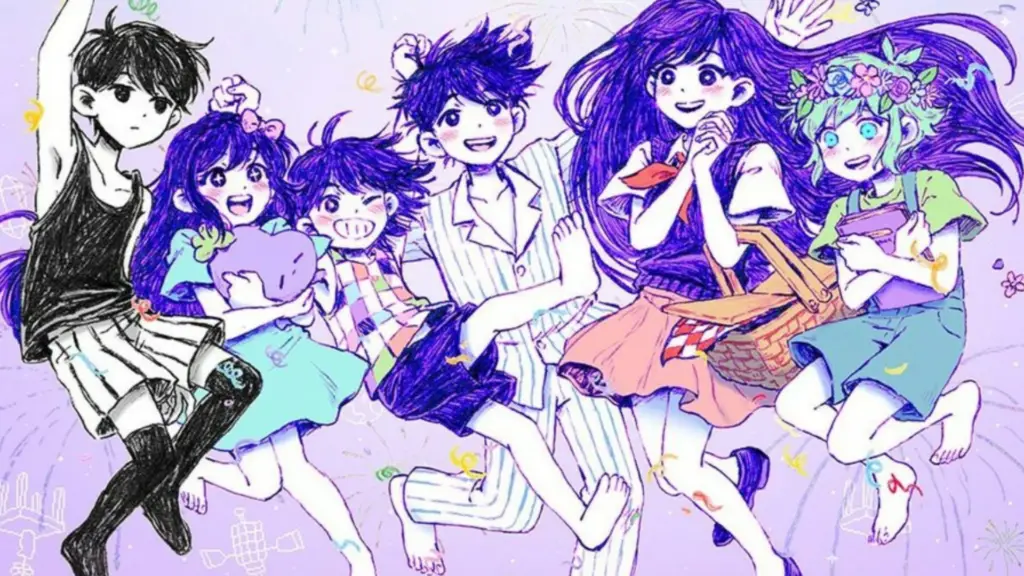Why is OMORI Rated M: Unraveling the Mature Content in the Game

OMORI has been given a Mature (M) rating by the Entertainment Software Rating Board (ESRB), a detail that often stands out to both avid gamers and concerned parents alike. This rating typically means the game contains content that is not suitable for players under 17. Reasons for such a rating can range from graphic violence, intense scenes, to strong language. Understanding this rating is crucial, especially for parents trying to determine if the game is right for their kids.
The M rating for OMORI comes from several factors. Firstly, the game has a horror theme that involves graphic displays of violence and blood. Beyond the visuals, OMORI also delves into complex themes like mental health and psychological struggles. While these topics give the game depth and a compelling narrative, they can be challenging for younger players to process or understand fully.
On top of this, OMORI includes slight use of strong language, another reason for its mature rating. While this might enhance the realism or the immersive experience for some, it might not be ideal for younger players. For parents, this rating is a clear indicator to check the game out themselves or at least have a conversation about it before allowing their kids to play. It’s always a good idea to stay informed and make choices based on what’s best for each individual family or player.
Specific Reasons Why Omori Is Rated M

Mature Content
Omori includes psychological-horror elements. The game contains content that is not suitable for younger audiences such as violent and gruesome scenes. These scenes may be too intense for younger players, which is one reason why the game is rated M for mature.
Disturbing Imagery
Throughout the game, players will encounter various disturbing images and visual elements that contribute to its M rating. These can include depictions of blood, gore, and other unsettling images that may not be suitable for players under the age of 17.
Slight Use Of Profanity
The game includes instances of harsh language that may be offensive to some players. The ESRB takes into consideration the presence of strong language when determining a game’s age rating, and in this case, it has contributed to Omori’s M rating.
Themes of Depression and Suicide
Omori contains depictions of depression, anxiety, and suicide, which adds to its mature rating. These themes are not suitable for younger players, as they may be emotionally distressing and difficult to understand. The game addresses serious mental health issues, which contribute to its M rating and may not be appropriate for all audiences.
How the Rating Affects the Audience

At its core, this rating system exists to empower consumers, ensuring they make informed choices. An “M” rating provides a quick snapshot, indicating that the game contains content that’s more appropriate for mature players. For parents and guardians who might not be familiar with the intricacies of every game title, this rating can act as an initial filter, helping them ensure age-appropriate content for their children. In instances where a child might be keen on playing an “M” rated game, it might prompt the parent to delve deeper into the game’s content or initiate a discussion with their child about the game’s themes before granting permission.
Beyond parental control, this rating sets expectations for potential players. Those who see the “M” label might anticipate encountering mature themes or intense scenarios, allowing them to gauge whether they’re in the right frame of mind for such content. The implications of this rating also extend to the retail world. Many game retailers strictly adhere to the ESRB’s guidelines. It’s not uncommon for stores to request identification to verify the age of a purchaser, ensuring younger players don’t end up with a game that’s potentially unsuitable for them.
Moreover, the public perception of a game can be influenced significantly by its rating. While some members of the gaming community might interpret an “M” rating as an indication of a game’s depth and narrative complexity, others might view it with a hint of skepticism, associating it with excessive or gratuitous content. Such perceptions can shape discussions and opinions within gaming circles and the wider audience.
For narrative-rich games like OMORI, the “M” rating can even spur deeper, more analytical discussions. By indicating the presence of mature themes and challenging content, the rating invites players and critics alike to engage in thought-provoking conversations about the game’s themes, storylines, and characters.
In conclusion, the “M” rating for OMORI doesn’t merely serve as a guideline for age-appropriateness. It’s a tool for communication, fostering understanding, and ensuring a blend of safety and enrichment in the gaming world.

